Follicle Monitoring (Ultrasound)
An essential part of assisted reproduction is the ultrasound exams. Extensive knowledge and experience are required in this area to establish the number and size of follicles accurately, correlate the findings with the thickness of the endometrium, assess potential complications, and determine the most favorable time to complete the cycle. Sometimes, apart from a regular ultrasound exam, Color Doppler, 3D, or 4D ultrasound exams are required.
In a natural cycle and when a patient is suggested only timed intercourse, serial ultrasound scans are usually sufficient to monitor. They are to be started between days 10 and 12 of the cycle. After the ovulation is established, sometimes serum progesterone is measured on the 21st day of the cycle (in women with regular 28-day cycles), which will confirm the quality of ovulation.
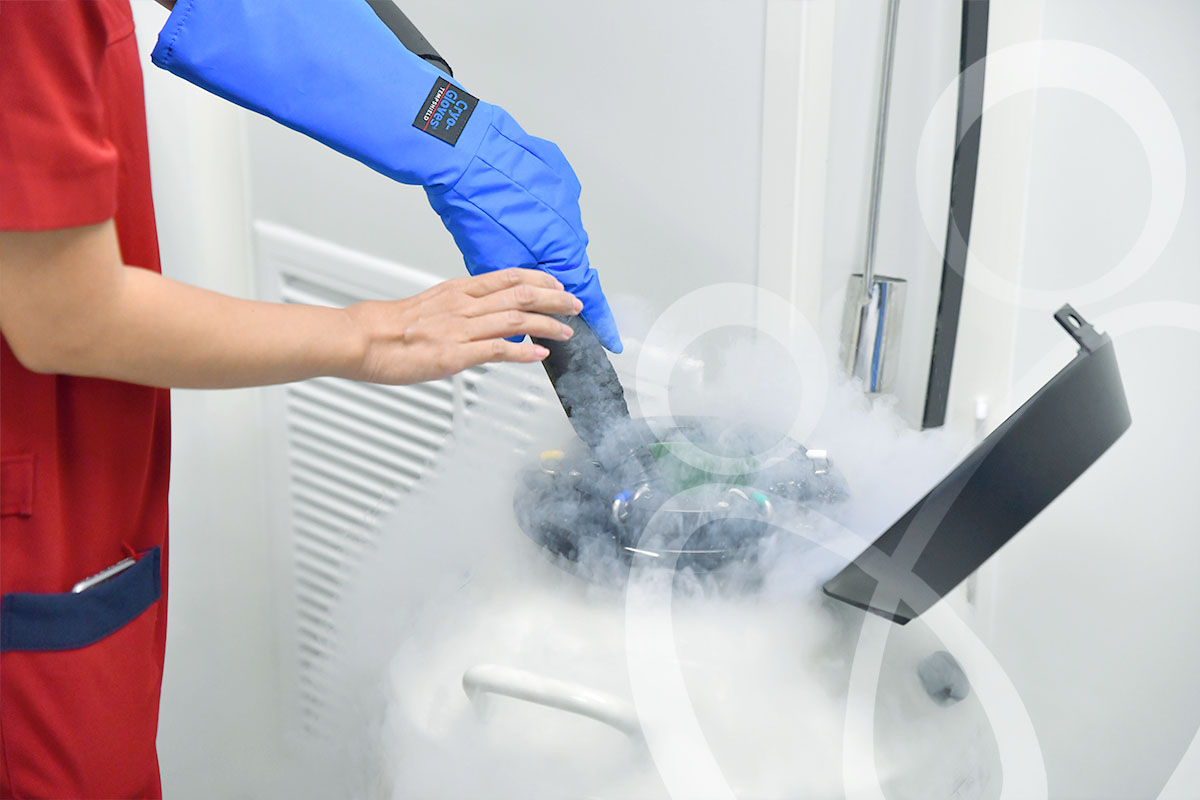
Due to variability in different treatment responses, every patient should be monitored when any treatment is used for the first time. In addition, the development of follicles is monitored to adjust the patient’s drug dosage and establish the optimal time to trigger ovulation with the hCG injection. The first exam is scheduled between days 6 and 8 of the cycle when estradiol levels are sometimes checked and levels of other hormones if required.
During the ultrasound exam number and size of follicles are determined. The measuring is performed at two perpendicular planes since follicles are often of irregular shapes due to ovarian capsule pressure. Therefore, measuring at just one plane cannot produce absolute values. When measuring in two planes, values are summed up and divided by two, giving us an average diameter of an observed follicle. Also, the thickness of the endometrium is measured at its widest part at the longitudinal section along the mid axis, and its quality is assessed.
Ovulation induction usually lasts for 10-12 days. When follicles reach 12-14 mm, they keep growing at the rate of 2-3 mm daily. When the dominant follicle size measures over 18 mm, the quality and thickness of the endometrium are satisfactory, and estradiol level is compliant with the size and number of follicles, all hormonal stimulation is terminated, and hCG injection is given. This prompts LH increase in a woman and induces ovulation itself, which will occur 34-36 hours later.
Sometimes, the cycle is canceled due to hyperstimulation when OHSS is suspected or poor response when further stimulation fails to produce eggs. For example, hyperstimulation is frequent in women whose ovaries seem polycystic at an ultrasound scan, whereas the poor response is frequent in older women and women with a low ovarian reserve and/or elevated FSH. If only 1-2 follicles develop, Fallopian tubes are patent, and the semen is of the required quality, the patient may be suggested to give up aspiration procedure and switch to intrauterine insemination.
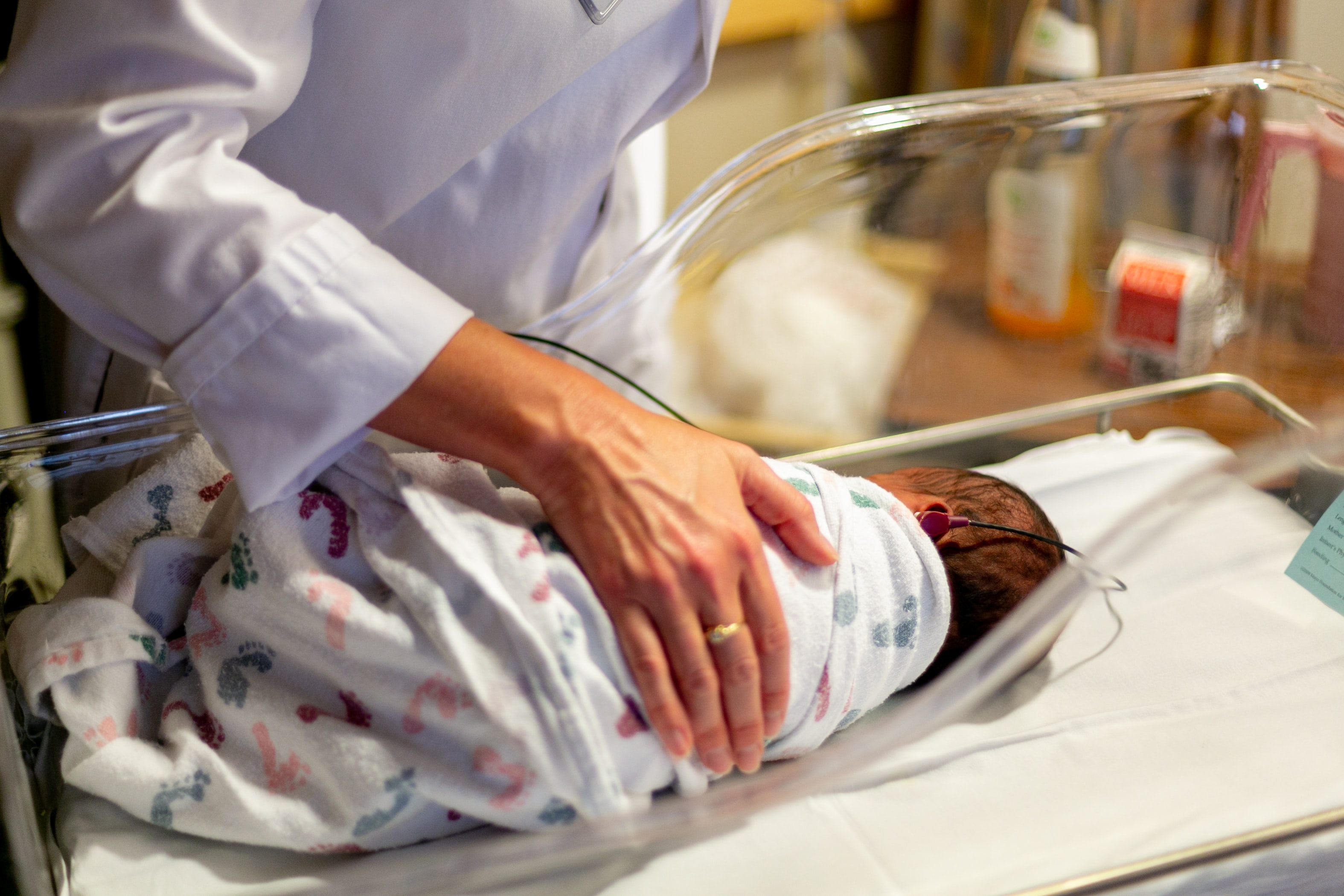
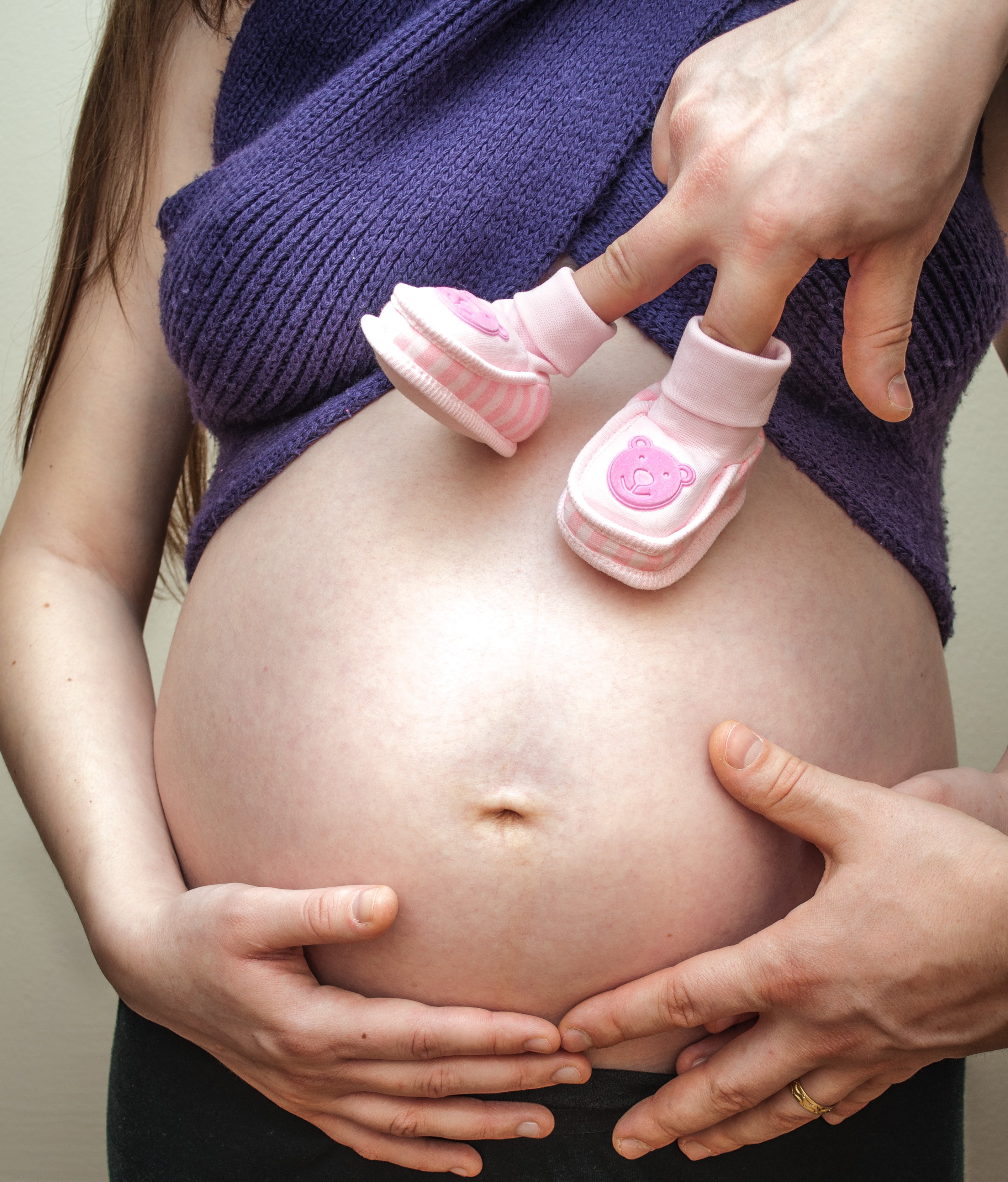

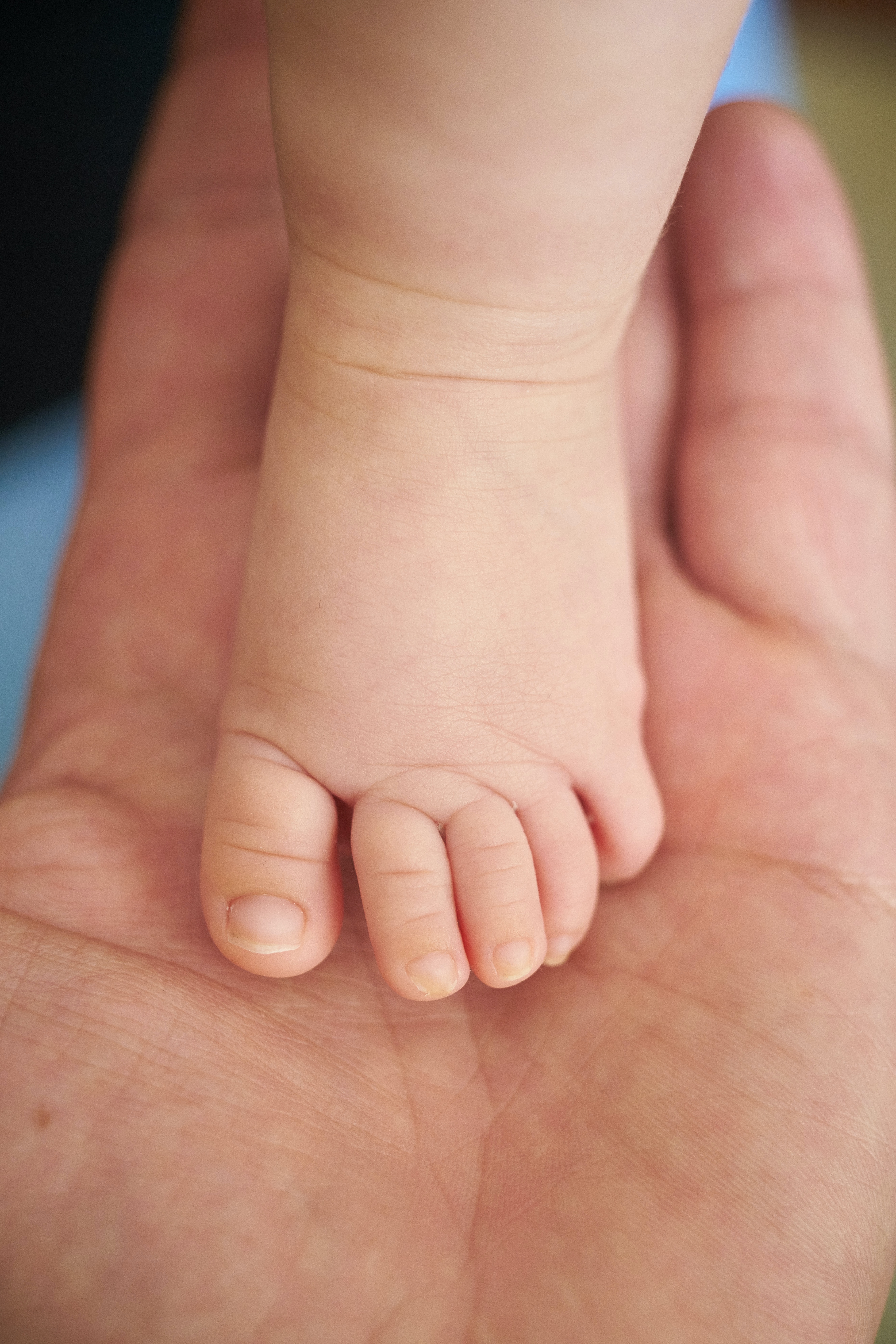


.jpg)

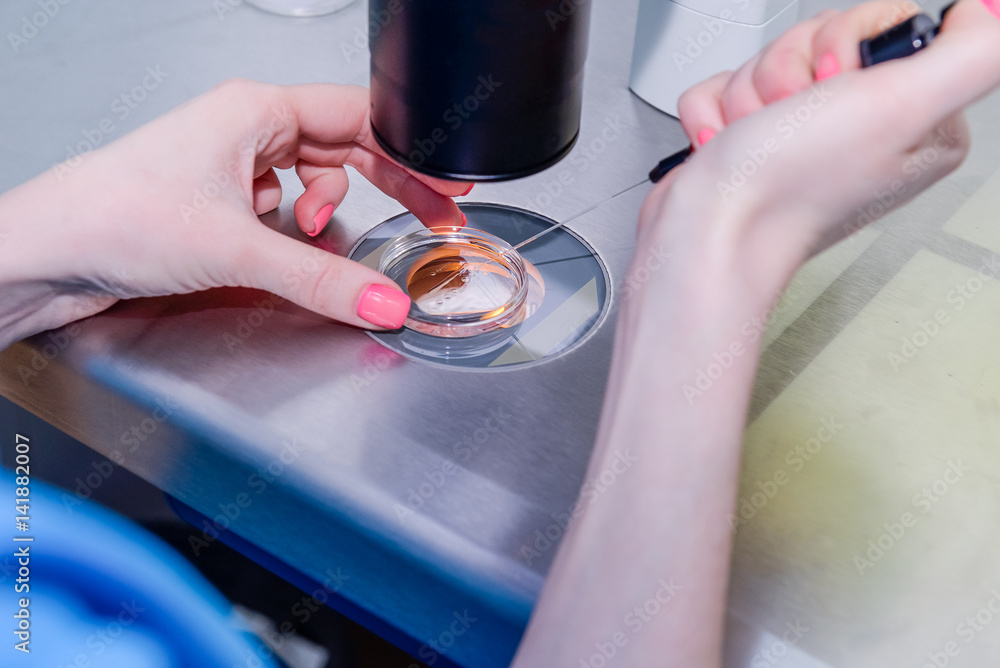
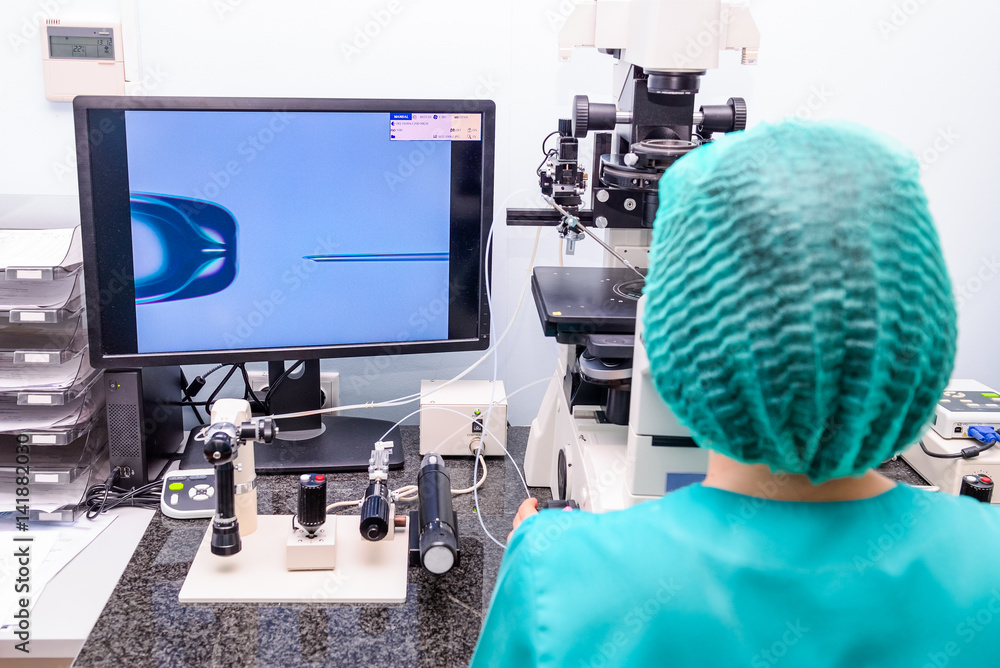


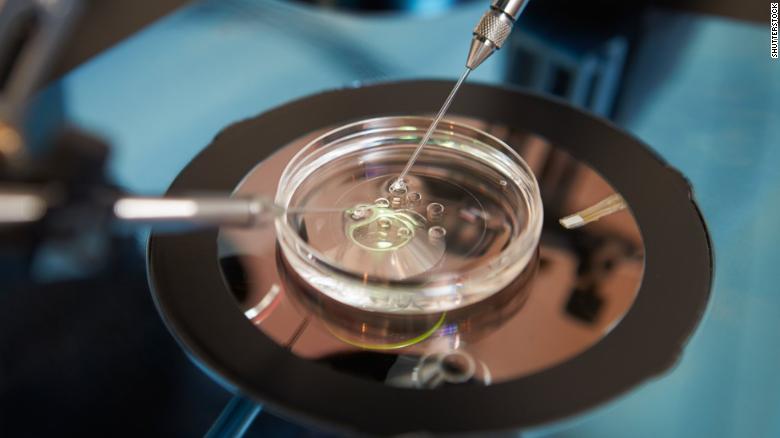
.jpg)

